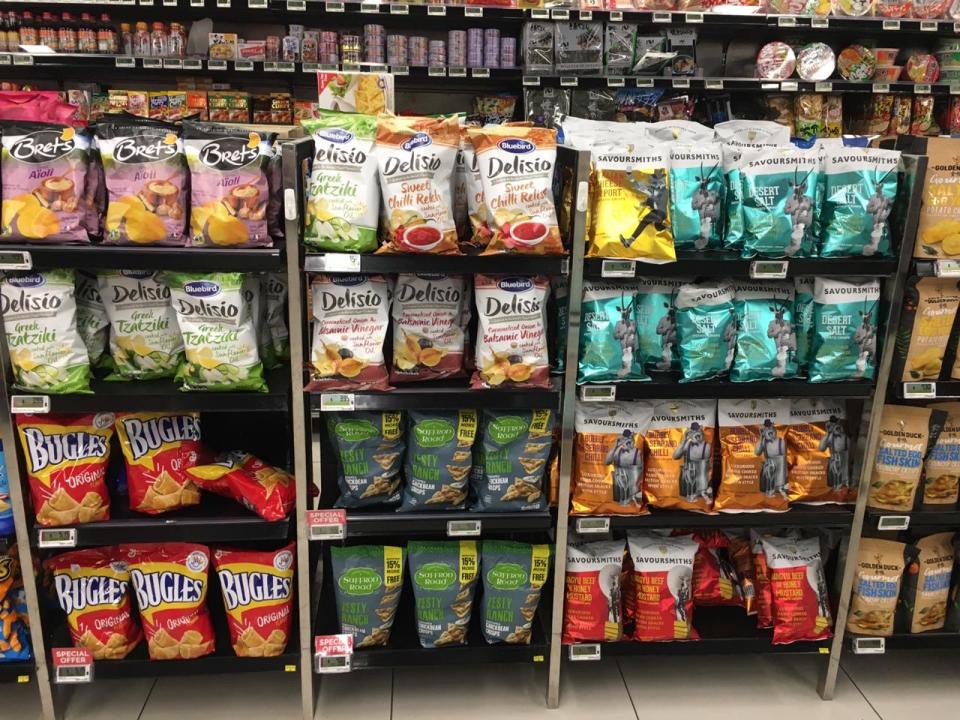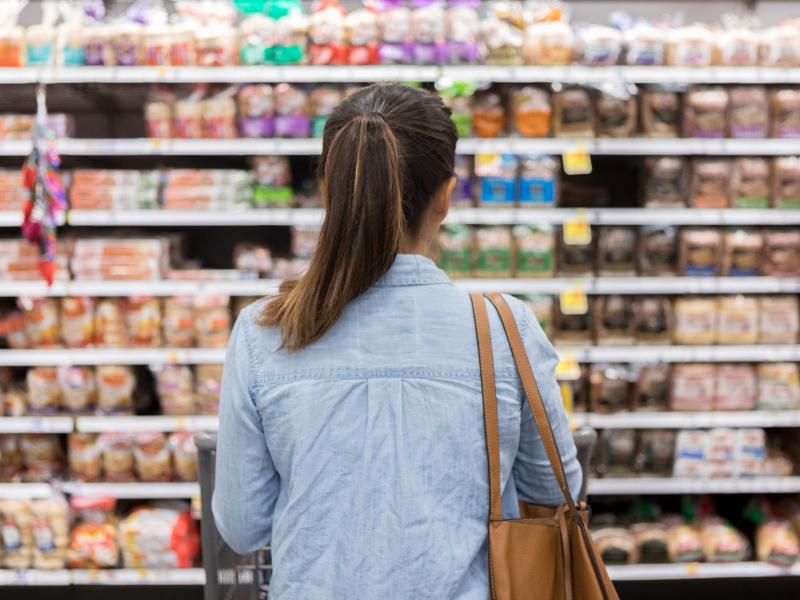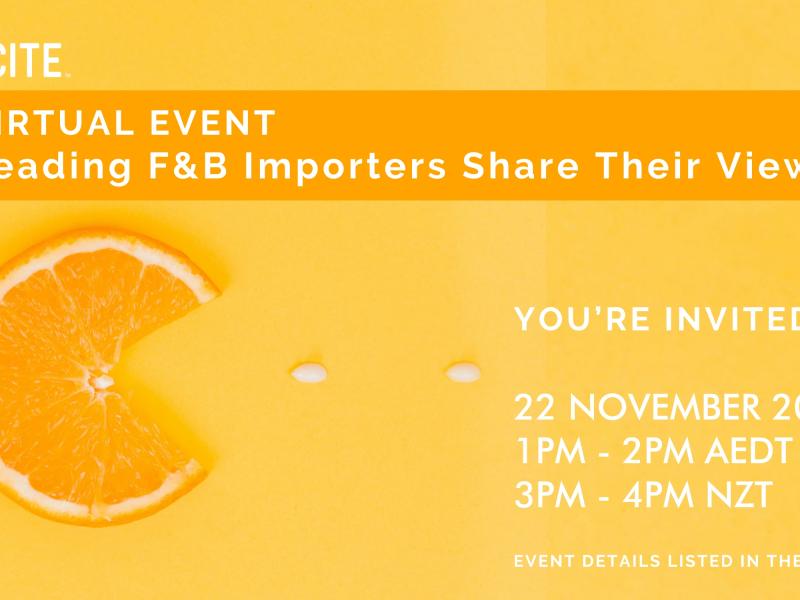New Zealand’s rising influence in Southeast Asia’s food and beverage sector is demonstrated by the number of Kiwi brands on Singapore shelves, writes Nada Young.
There is a welcome trend happening in the F&B sector in Southeast Asia at the moment and that is the increasing presence of great New Zealand brands.
From the sophisticated stores in Singapore and Hong Kong, where you’ll find a range of iconic Kiwi brands, to the very remote convenience stores of Indonesia and the Philippines, where you can buy New Zealand milk powder, New Zealand is punching above its weight.
The trend in Singapore is particularly obvious.
INCITE’s recent survey of Cold Storage in Singapore found 49 unique New Zealand brands on the shelves, many of which are major players in their categories. In the same survey we found 63 Australian brands, or just 29 percent more unique brands, which is not a large gap given the comparative size of Australia versus New Zealand.
One of the most obvious areas of strength for New Zealand F&B brands is the dairy category. Whether it’s hard cheese like cheddar or parmesan, butter, or premium yogurt, Kiwi dairy brands are highly visible in Singapore.
There is also an increasing number of New Zealand snack and breakfast brands making excellent inroads in the market.
It’s worth noting that the brands that do well tend to have universal appeal – think cupboard staples or popular snacks like potato chips. In a market with a small population and a highly competitive environment it can be difficult to reach meaningful off-take levels in niche categories.
Singapore’s role
It’s useful to understand why Singapore plays such an important role for New Zealand and Australian food and beverage exporters. On the surface, the strategic advantage of having a strong presence in this market may not be obvious.
The island nation is a relatively small country compared with neighbors like Indonesia and the Philippines. With a population 5.6 million people and a land mass similar in size to Lake Taupo, it's not a mass-market goliath.
However, it is the perfect place for F&B companies to focus their efforts when looking at their Asia export strategy.
Most of Singapore’s food is imported. The local consumer base is well-healed and well-travelled and there is a very large population of expats. English is an official language and the regulatory environment is clear and transparent.
More importantly, Singapore is the key to unlocking the potential in Southeast Asia. If you can be successful with your brand in Singapore then this will have a ripple effect throughout the region and open the door to major sales opportunities.
Nada Young is partner and head of client strategy at INCITE. Visit www.exportincite.com






